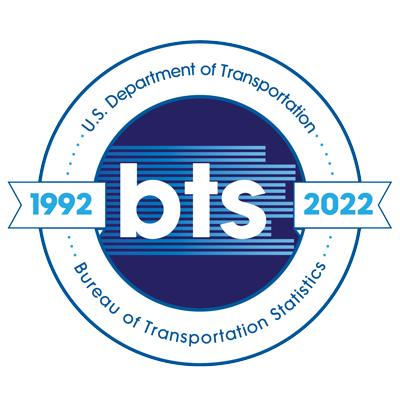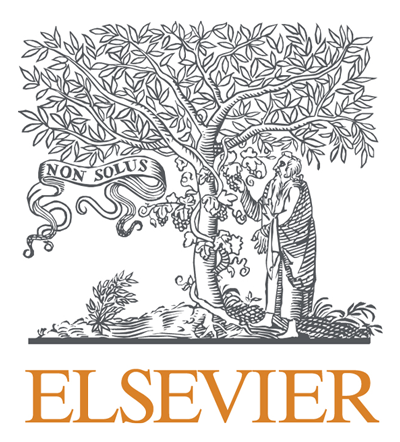Perceived Recovery Trajectories in Post-Earthquake Nepal–A Visual Exploration With Self Organizing Maps
Topics:
Keywords: Self-organizing maps, neural networks, Nepal earthquake, disaster recovery, community perception
Abstract Type: Paper Abstract
Authors:
Asmita Bhattarai, University of Utah
Thomas J Cova, University of Utah
Simon C. Brewer, University of Utah
,
,
,
,
,
,
,
Abstract
Developing effective recovery plans requires an intricate understanding of the experiences of
affected residents following a disaster event. We combined a self-organizing map (SOM) and hierarchical clustering to analyze community perceptions towards disaster response/recovery operations following the 2015 Nepal earthquake. A survey was conducted by the Inter-Agency Common Feedback Project (CFP) that includes six rounds of responses collected a month apart from the fourteen districts with the highest damage levels. The purpose of the survey was to identify gaps in disaster response, provide timely feedback, and enable stakeholders to address the gaps. Using the survey responses, we identified three satisfaction clusters among districts: 1) least satisfied, 2) moderately satisfied, and 3) highly satisfied. These clusters were used to visualize each district’s satisfaction trajectory over the study horizon. Based upon their trajectories, we further classified the districts into three groups: 1) Recovering, 2) Not Recovering – Moderately Satisfied, and 3) Not Recovering – Least Satisfied. With the expansion of CFP’s work across the entire humanitarian development cycle, the methodology highlighted in this paper could help stakeholders better understand the effectiveness of response actions to improve recovery planning.
Perceived Recovery Trajectories in Post-Earthquake Nepal–A Visual Exploration With Self Organizing Maps
Category
Paper Abstract








